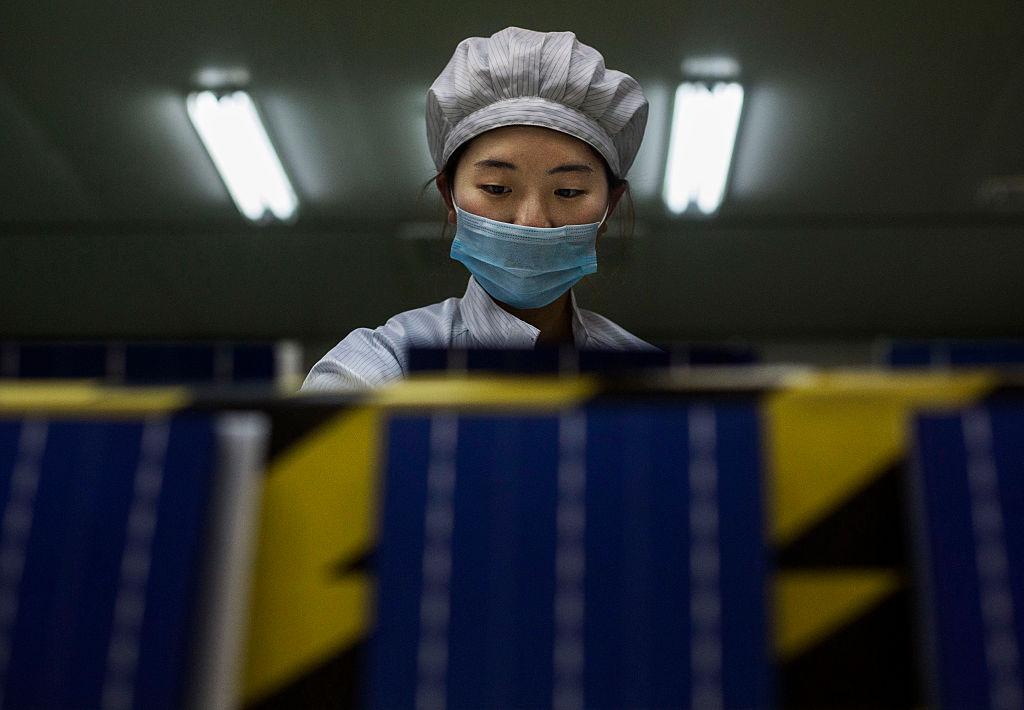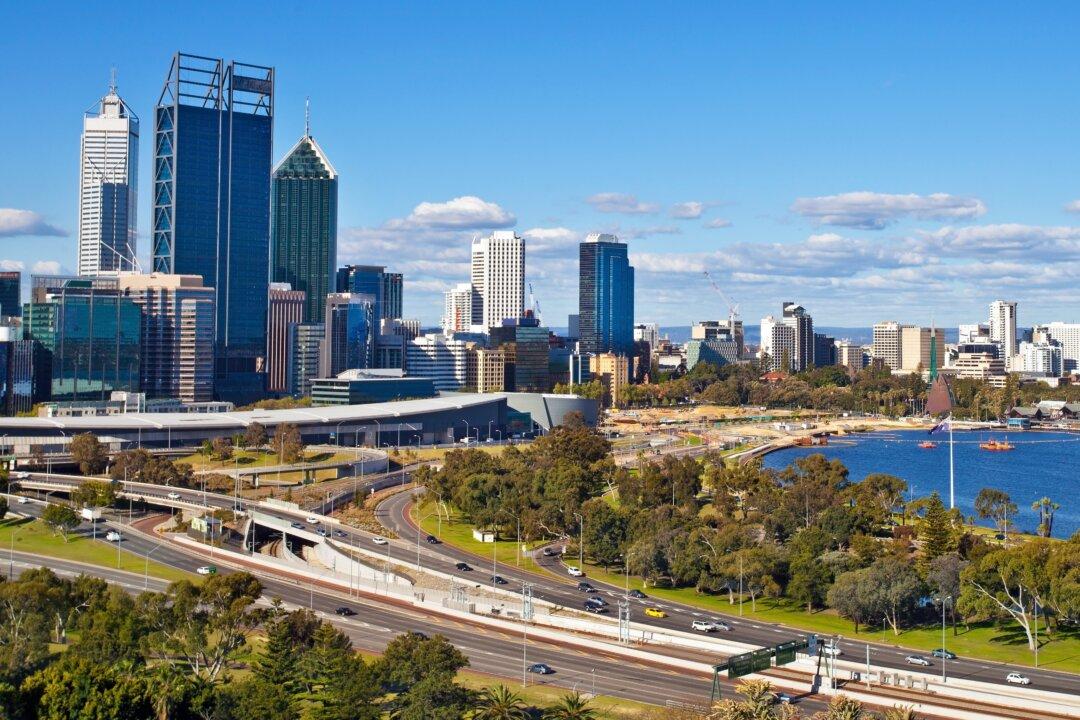Data from the Australian Bureau of Statistics shows ninety percent of all solar panels imported into Australia came directly from China during the first 9 months of the 2020 financial year.
This cost Australia $1.1 billion (US$850 million), and from 2015 to 2020, Australia spent more than $5.3 billion (US$4 billion) on Chinese-made solar panels.





